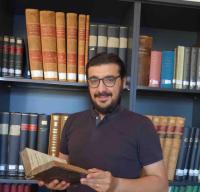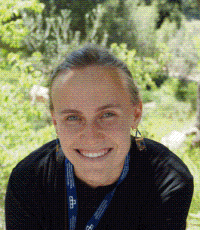Between April 14 and 16, 2025, my colleague Frank Feder and I undertook a research trip to the Cambridge University Library (CUL) as part of our ongoing work for the Coptic Old Testament Project in Göttingen. Our aim was to study and photograph Coptic manuscripts held in the collections of the library. In this post, I will report on these collections and highlight some of their most important pieces.
The Coptic and Copto-Arabic fragments at CUL originate from several sources. A substantial portion was acquired from the famous German scholar Constantin von Tischendorf (1815–1874), who brought them from Egypt during his travels. These fragments, inventoried as Add. 1875–1876 and 1885–1887, include some of the most valuable Coptic holdings of the library. Among them are parchment and paper fragments in the Bohairic dialect, which Tischendorf had brought from Wadi Natrun. These were later published by Hugh Evelyn-White (1884–1924) in the first volume of his The Monasteries of Wadi ’N Natrûn (1926). Particularly notable is Add. 1886.17, which contains Abba Isaiah’s Precepts to the Novices. Although the language of this manuscript is Arabic, it is written in Coptic characters.
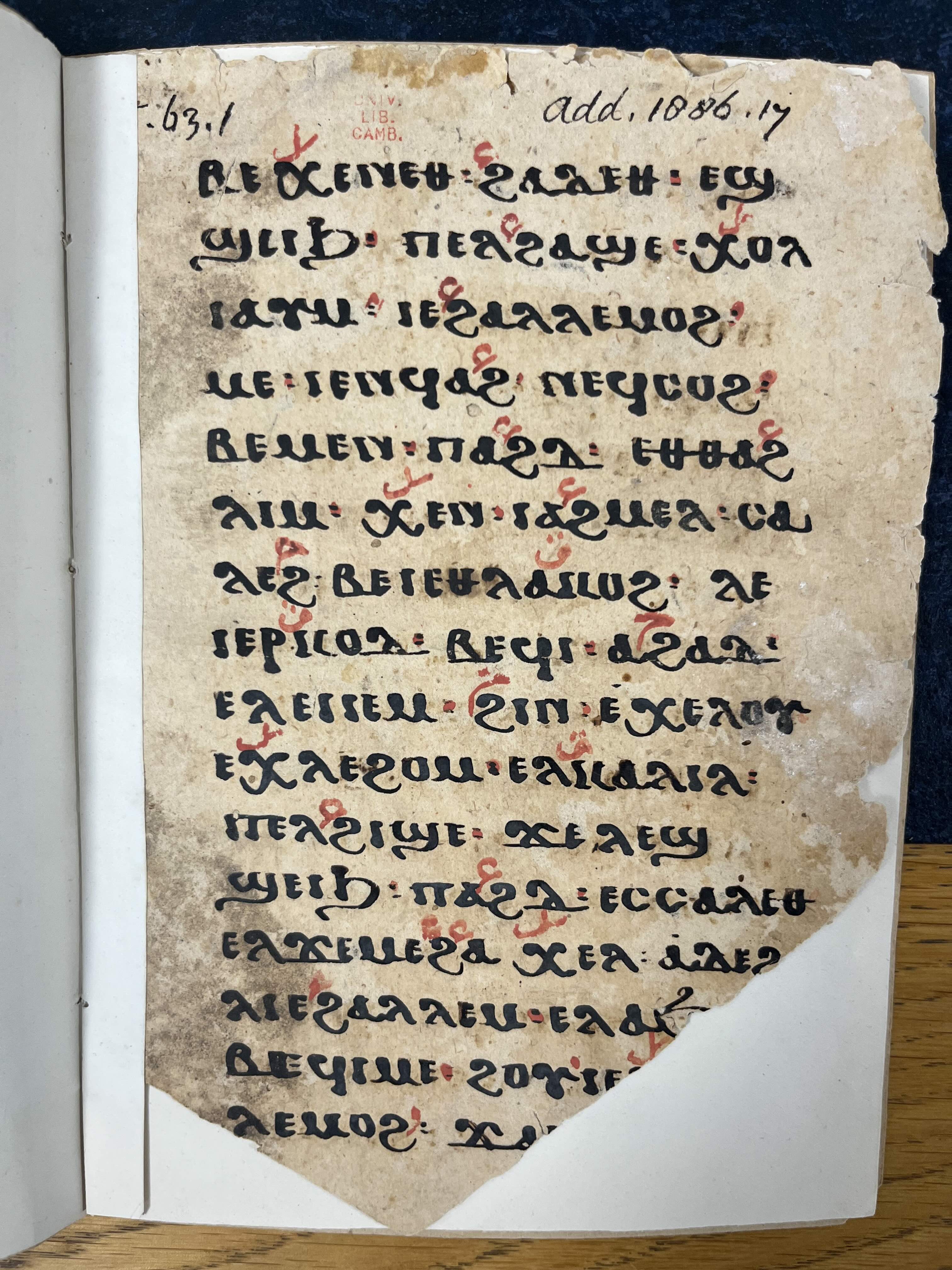
Another major source of the CUL’s Coptic collection is the group of fragments that belonged to Sir Herbert Thompson (1859–1944), professor of Egyptology at the University of Cambridge. These are inventoried as Or. 1699. During our research, we also examined Thompson’s correspondence and notes, which revealed that he purchased these fragments in 1914 from Henry Hyvernat (1858–1941), professor at the Catholic University of America in Washington, DC. 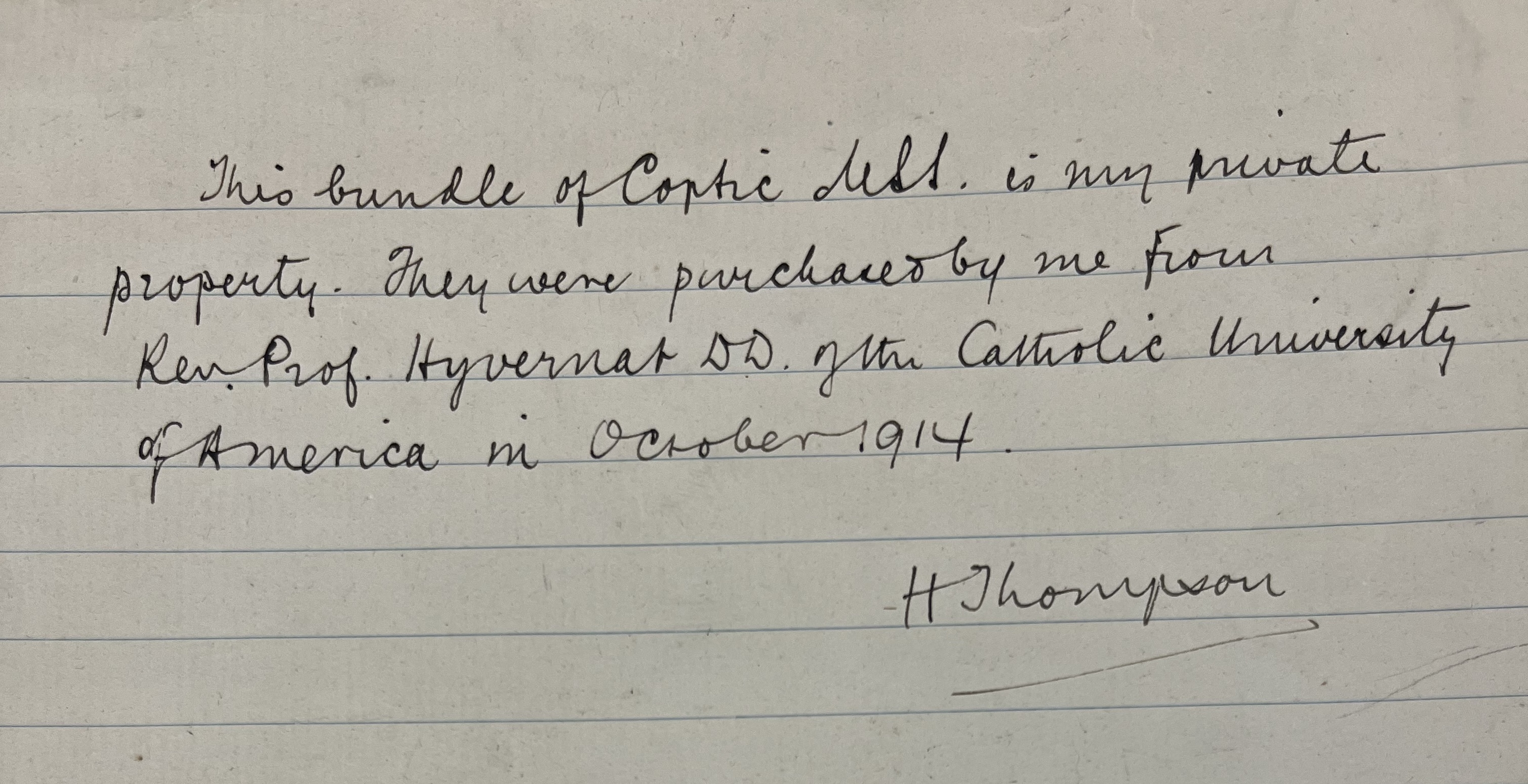 The Thompson fragments are particularly significant because they originate exclusively from White Monastery codices. Since fragments of these codices are now scattered across more than forty collections worldwide, the Thompson material is invaluable for reconstructing the original White Monastery manuscripts.
The Thompson fragments are particularly significant because they originate exclusively from White Monastery codices. Since fragments of these codices are now scattered across more than forty collections worldwide, the Thompson material is invaluable for reconstructing the original White Monastery manuscripts.
An unexpected find came from a box inventoried as Or. 1700 (Box 1), which contains numerous smaller fragments, apparently acquired by Thompson together with those now kept as Or. 1699. Surprisingly, these fragments had remained largely overlooked until now. Among them, we identified previously unattested biblical and liturgical pieces, as well as fragments of the works of Shenoute, hagiographic texts such as the Martyrdom of Cyprianus and Justina, and apocryphal writings like the Acts of Andrew and the Acts of John attributed to Pseudo-Prochorus.
Another important part of the CUL’s Coptic holdings comes from the collection of George Michaelides, which was acquired by the library in 1977. Although much of the Michaelides collection is formed of documentary papyri, it also includes a significant number of biblical and literary fragments. Among the highlights we identified is a parchment fragment containing Sirach 50:19–20, 24–27 in the Fayyumic dialect (Cambridge, UL, Mich.Pap.Q.118). This is the first known attestation of the book of Sirach in Fayyumic. Furthermore, the paleographical features of the fragment suggest an early date, likely the 5th century CE.

We also identified two Sahidic fragments (Cambridge, UL, Mich.Pap.Q.119–120) forming a leaf from a miniature codex, which preserve a portion of the Life of Paul of Tamma attributed to his disciple Ezekiel. This hagiographic work survives fully in Arabic, but only fragmentarily in Coptic. The section preserved in the Michaelides fragments had previously been unattested in Coptic, making this a particularly exciting find.
In addition to the manuscripts associated with Tischendorf, Thompson, and Michaelides, the CUL also holds two smaller collections of Coptic fragments that formerly belonged to Jack Plumley (1910–1999), professor of Egyptology at Cambridge, and Frederick William Green (1869–1949), Honorary Keeper of Antiquities at the Fitzwilliam Museum. These collections consist of biblical and literary texts in Sahidic and Greek, mostly written on papyrus.
We also had the opportunity to examine the famous Qau Codex (Bible Society MS 137), a fourth-century papyrus manuscript of the Gospel of John in the Lycopolitan dialect—one of the most significant early witnesses to the translation of the Bible in Coptic.
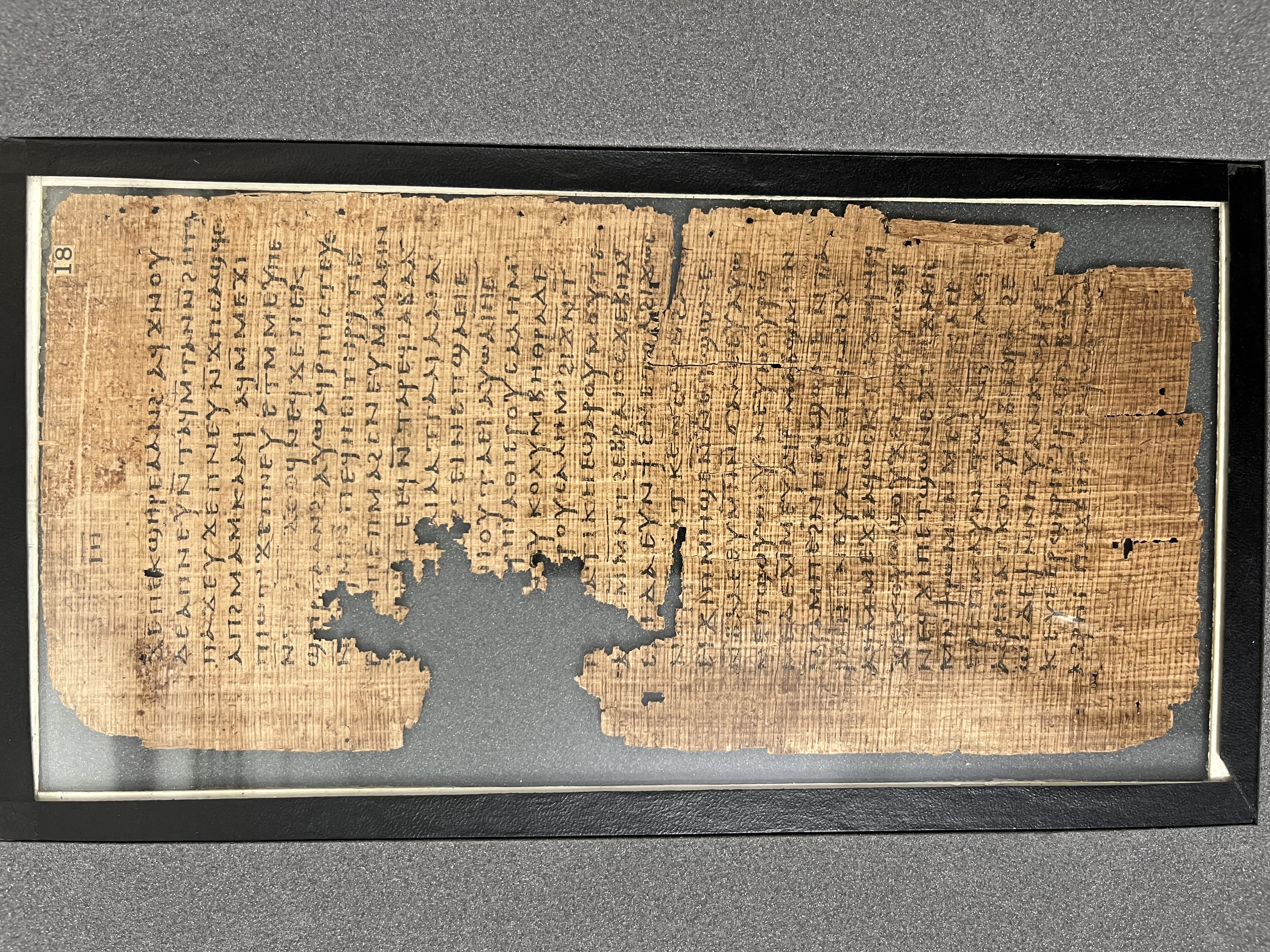
Finally, the Genizah Collection at Cambridge, brought by Solomon Schechter from the Ben Ezra Synagogue in Cairo, contains a few Coptic fragments as well. Among these, there is an intriguing Bohairic Litany of the Cross (T.-S. K24.39), based on the sermon In Venerabilem Crucem attributed to John Chrysostom, which was widely circulated in Late Antiquity and the Middle Ages among both Eastern and Western Christians.

All in all, the trip proved to be fruitful. Nevertheless, much work remains to be done to fully identify the fragments and place them within their original codices. We look forward to sharing further updates as we continue to work through the materials we photographed during this trip.
 Blogs
Blogs  Blogueurs récents
Blogueurs récents 
